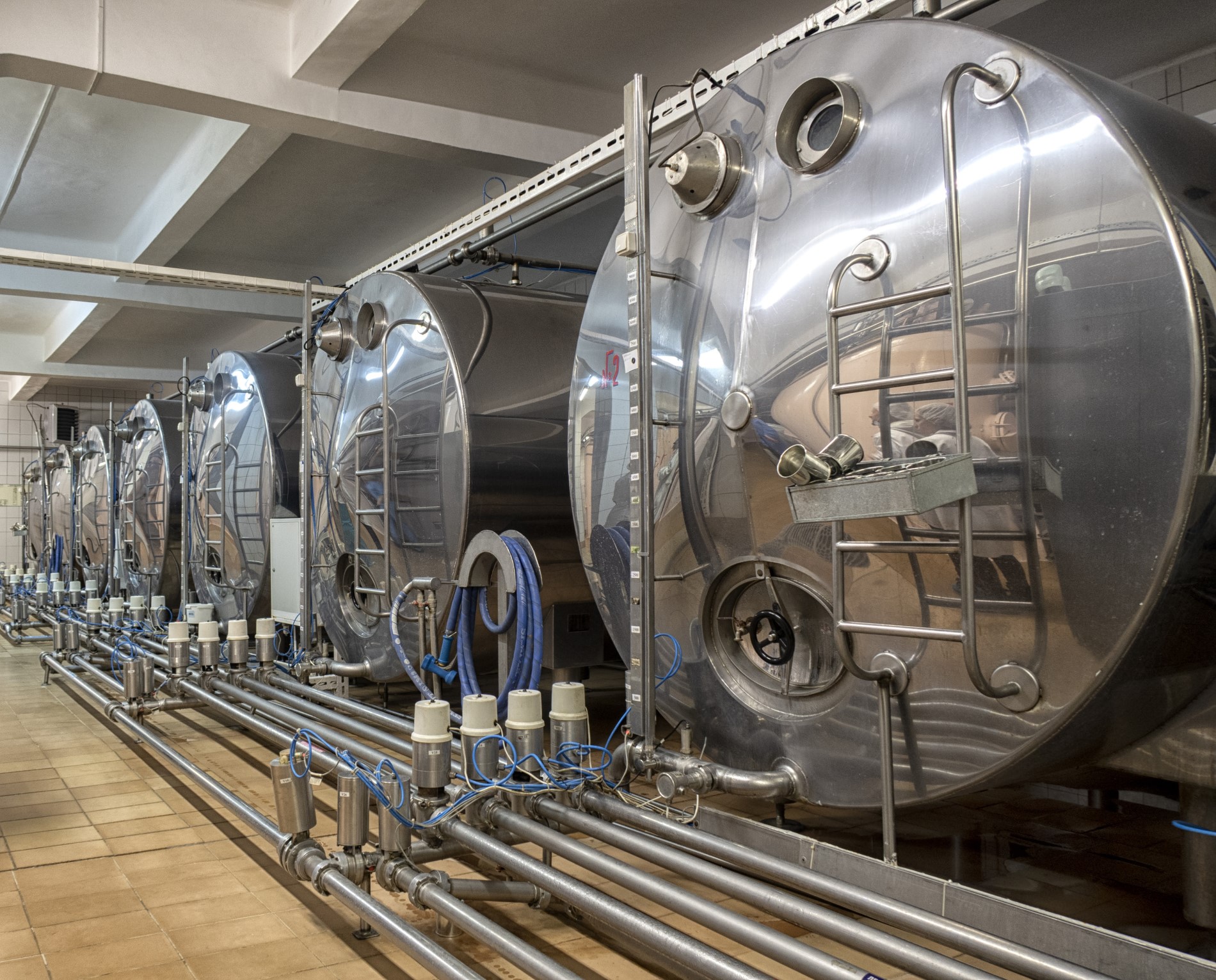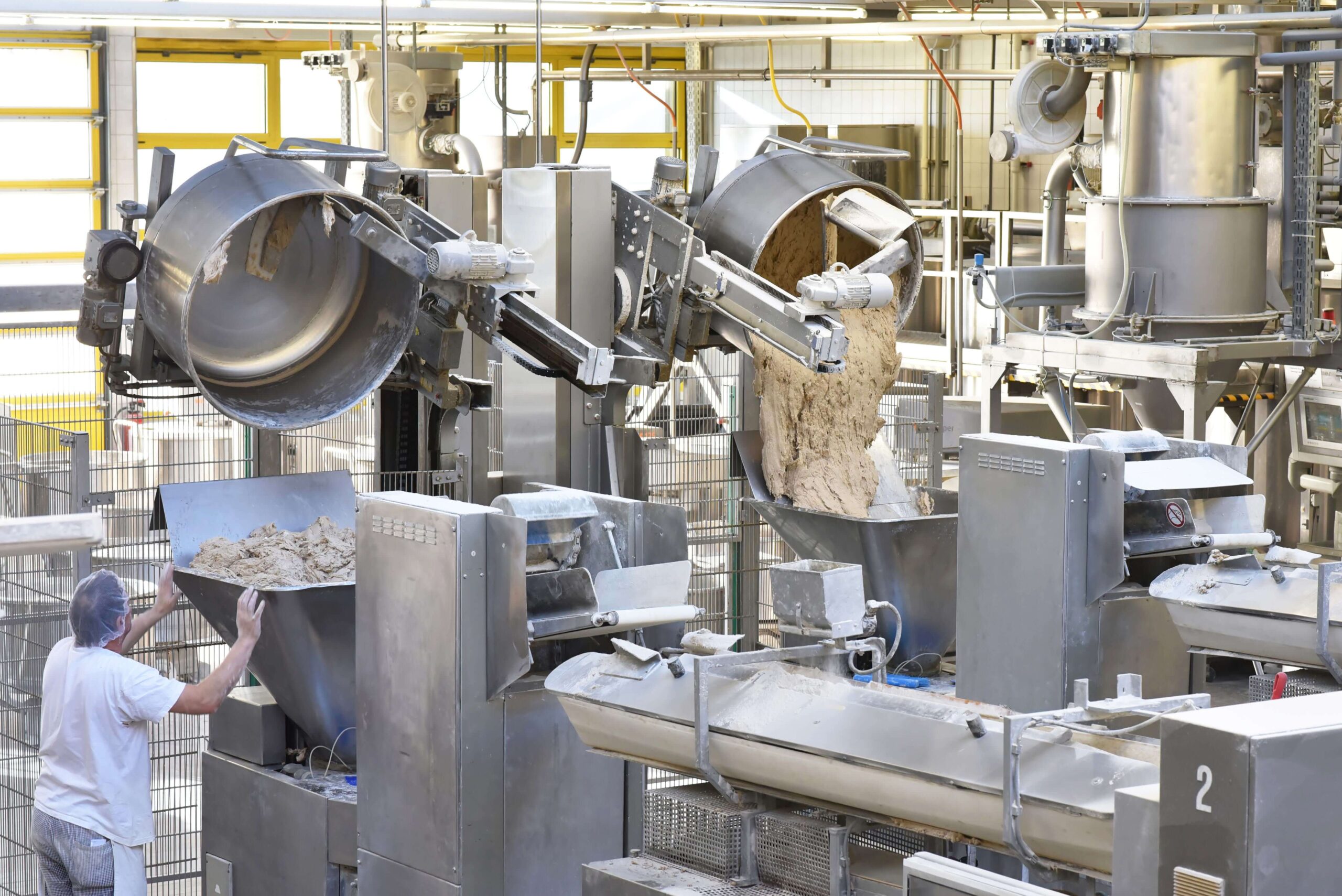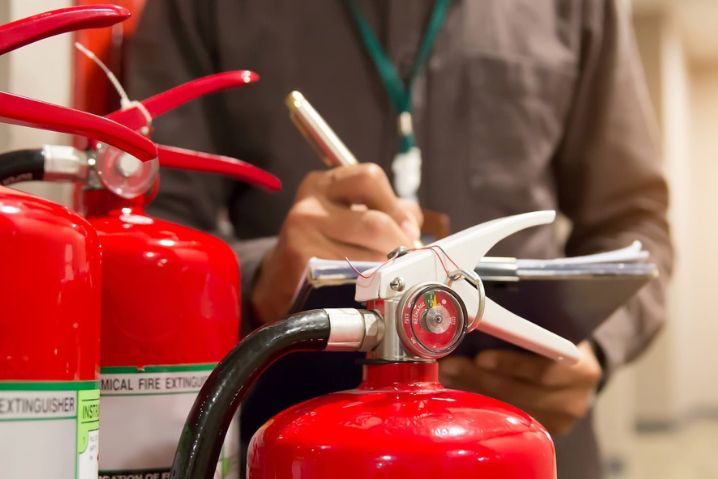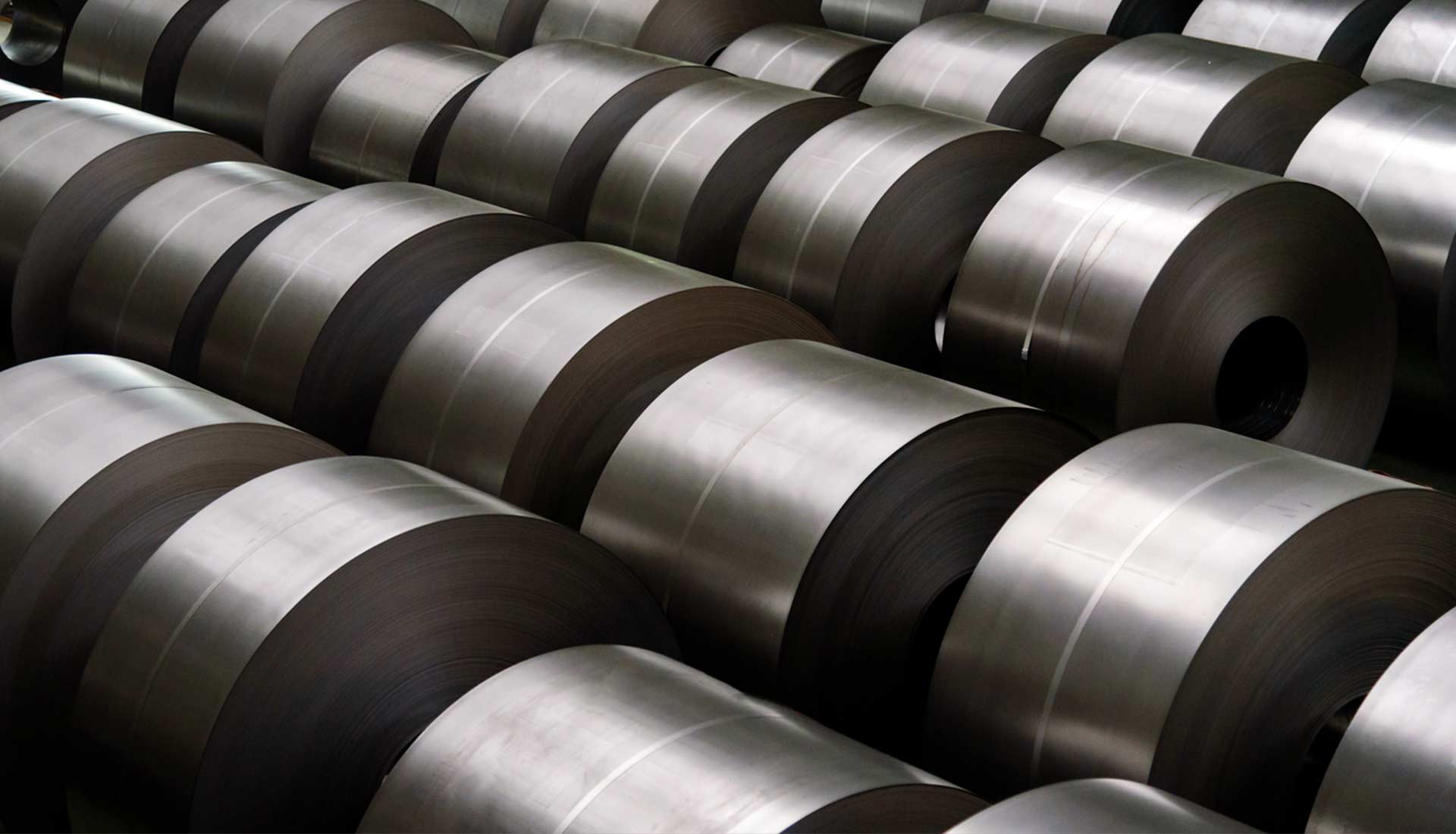

NFPA – Safeguarding you and your assets from the hazardous effects of combustible dust exposure.
The National Fire Protection Association (NFPA) is a nonprofit organization that is devoted to promoting fire prevention and establishing fire safety standards in the United States and internationally. It provides guidelines and codes for fire protection, electrical safety, and other related areas.
Founded in 1896, the NFPA’s establishment was motivated by a series of devastating fires that occurred in the late 19th century. One of the most notable incidents was the Great Boston Fire of 1872, which destroyed a significant portion of downtown Boston and resulted in numerous deaths. The fire prompted the need for a more coordinated effort to prevent and respond to fires.
In response to these concerns, a group of insurance professionals and fire engineers convened in Boston to form the NFPA, and the organization’s primary goal was to develop standardized fire prevention measures and fire safety codes.
The NFPA played a crucial role in the development of fire safety standards and practices in the United States. Over the years, the NFPA’s scope has expanded to cover a wide range of areas related to fire safety. It developed codes and standards for fire suppression systems, electrical safety, hazardous materials, building construction, and emergency response, among others. These codes and standards serve as a basis for fire regulations and are widely adopted by government agencies, industries, and organizations to enhance fire safety.


NFPA 652
NFPA 652, “Standard on the Fundamentals of Combustible Dust,” is a key code developed by the National Fire Protection Association (NFPA) that addresses the fundamental principles of combustible dust hazards. It provides essential guidance for managing the risks associated with combustible dust in various industries.
NFPA 652 outlines the fundamental requirements for identifying and assessing combustible dust hazards, as well as implementing effective prevention and mitigation measures. The standard emphasizes a systematic approach to managing combustible dust, focusing on hazard identification, risk assessment, and implementing appropriate control measures.
Key elements covered in NFPA 652 include:
- Hazard Identification: The standard provides guidance on identifying materials that may pose a combustible dust hazard. It helps industries determine if their operations involve materials that are potentially explosive when in dust form.
- Dust Hazard Analysis (DHA): NFPA 652 emphasizes the importance of conducting a Dust Hazard Analysis to assess the risks associated with combustible dust. A DHA involves evaluating the potential sources of combustible dust, analyzing their characteristics, and assessing the likelihood of dust explosions or fires.
- Hazard Control and Mitigation: The code provides guidelines for implementing effective controls to minimize the risks posed by combustible dust. This includes measures such as dust collection systems, proper ventilation, good housekeeping practices, ignition control, and equipment design considerations.
- Management Systems: NFPA 652 stresses the need for a comprehensive management system to ensure ongoing control and prevention of combustible dust hazards. This includes establishing written policies and procedures, conducting regular inspections, providing employee training, and maintaining records.
- Combustible Dust Awareness: The code promotes awareness and education regarding combustible dust hazards among employees and management. It emphasizes the importance of training personnel on recognizing and addressing potential risks associated with combustible dust.
NFPA 652 is considered a foundational standard for combustible dust safety, and its guidelines serve as a basis for other industry-specific standards and regulations. Industries are encouraged to comply with NFPA 652 and incorporate its principles into their safety programs to effectively manage the risks associated with combustible dust. It is important to note that while NFPA 652 addresses the fundamental aspects of combustible dust, specific industries or processes may require compliance with additional NFPA codes and standards that focus on their unique hazards.
There are nine other NFPA standards that are essential to safety and the prevention of combustible dust explosions:
- NFPA 61: Standard for the Prevention of Fires and Dust Explosions in Agricultural and Food Processing Facilities – This standard provides guidelines for the design, construction, and maintenance of facilities that handle grain, food, and feed products to prevent fires and dust explosions.
- NFPA 68: Standard on Explosion Protection by Deflagration Venting – This standard provides guidance on the design, location, and installation of deflagration venting systems in buildings and equipment that handle combustible dust.
- NFPA 69: Standard on Explosion Prevention Systems – This standard outlines the design and installation requirements for explosion prevention systems, such as chemical suppression systems and explosion isolation devices.
- NFPA 70: National Electrical Code – This code provides requirements for the installation and maintenance of electrical systems, including those in facilities that handle combustible dust.
- NFPA 484: Standard for Combustible Metals – This standard provides guidelines for the safe handling and storage of combustible metal powders, including aluminum, magnesium, and titanium.
- NFPA 654: Standard for the Prevention of Fire and Dust Explosions from the Manufacturing, Processing, and Handling of Combustible Particulate Solids – This standard provides guidelines for the safe handling, storage, and processing of combustible particulate solids.
- NFPA 655: Standard for Prevention of Sulfur Fires and Explosions – This standard provides guidance on the safe handling and storage of sulfur and sulfur-containing materials, which can present a risk of fire and explosion.
- NFPA 664: Standard for the Prevention of Fires and Explosions in Wood Processing and Woodworking Facilities – This standard provides guidelines for the safe handling, storage, and processing of wood products to prevent fires and dust explosions.
- NFPA 850: Recommended Practice for Fire Protection for Electric Generating Plants and High Voltage Direct Current Converter Stations – This recommended practice provides guidelines for the safe handling and storage of coal, which can present a risk of fire and explosion.
NFPA codes and standards are essential tools for any industry that handles combustible dust, as they provide detailed guidance on the safe handling, storage, and processing of these materials. By following these guidelines, companies can help prevent fires and dust explosions, protecting both their employees and their facilities.




Addressing NFPA 652 Standard Regarding Combustible Dusts
Do you operate a facility that requires you to engage with substances that are dusty or powdery in n


6 Industries Added by OSHA to the Combustible Dust NEP Program
n late January 2023, a new version of the Combustible Dust National Emphasis was issued by the Occup


Ensuring the Safety of Facility Through Dust Explosion Test Data
“Could it be a problem if my powder has demonstrated 3mJ of minimum ignition energy and 256 bar.m/





